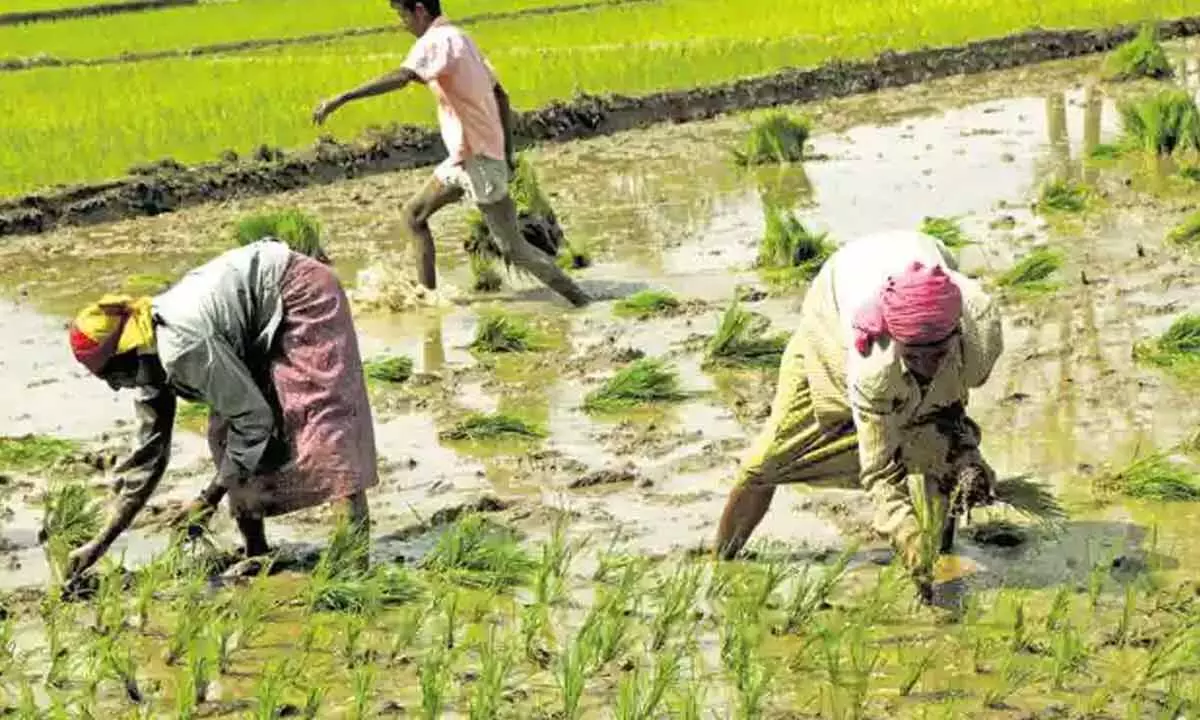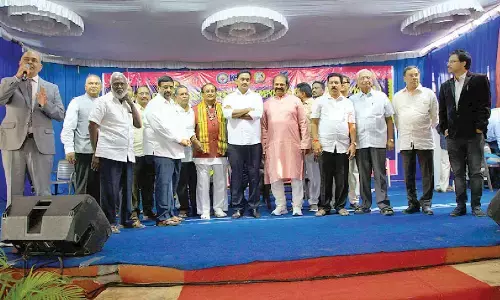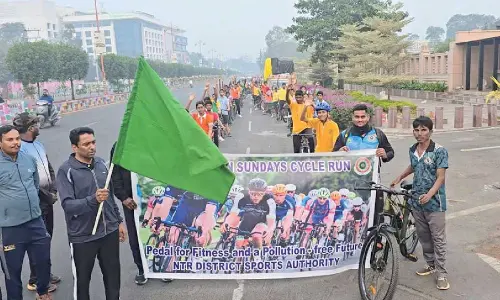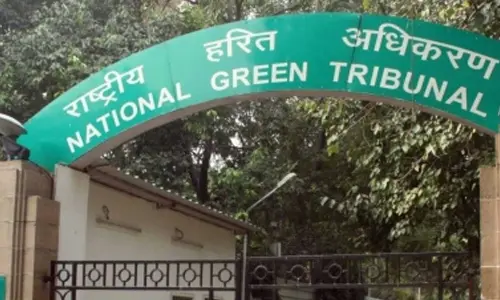Grave agriculture crisis grinds on

Grave agriculture crisis grinds on
It is well known that agriculture is key to the well-being of our economy.
It is well known that agriculture is key to the well-being of our economy. The recently released annual report of the Centre for Science and Environment and Down To Earth magazine to mark the World Environment Day clearly highlighted the grave crisis confronting agriculture.
One of the key data sets on agriculture says that the cost of cultivation has increased in the country by almost 35 per cent between 2012-13 and 2018-19. Meanwhile, the share of income from cultivation in agricultural households has gone down from 48 per cent to 37 per cent during the period. At the same time, 50 per cent of households in the country that are dependent on agriculture and agri-related works are reeling under debt, it says. On an average, every household has a debt burden of over Rs 74,000 and about 29 farmers and farm labourers commit suicide in the country daily. Isn't it a great tragedy confronting the country?
Agriculture in India is undergoing a structural change leading to a crisis situation. The rate of growth of agricultural output is gradually declining in recent years. The relative contribution of agriculture to the GDP has been declining over time steadily. The performance of agriculture by crop categories also clearly indicates the slowing down process of agriculture in India. The onset of deceleration in agriculture began from the early nineties and it became sharp from the late nineties. The trends in the area, input use, capital stock and technology also reflect the agricultural downfall and the farmer's response accordingly.
It is alarming that India is moving towards a point of no return, from being a self-reliant nation of food surplus to a net importer of food. All these trends indicate that the agricultural sector in India is facing a crisis today. It is argued that the root cause of the crisis was that agriculture is no more a profitable economic activity when compared to other enterprises. It means that the income derived from these activities is not sufficient enough to meet the expenditure of the cultivators. And therefore, unless agriculture is made a profitable enterprise, the present crisis cannot be solved.
The related factors responsible for the crisis include: dependence on rainfall and climate, liberal import of agricultural products, reduction in agricultural subsidies, lack of easy credit to agriculture and dependence on money lenders, decline in government investment in the agricultural sector and conversion of agricultural land for alternative uses. It is argued that the consequence of the agricultural crisis in India is very vast and likely to hit all the other sectors and the national economy in several ways. Specifically, it has adverse effects on food supply, prices of foodgrains, cost of living, health and nutrition, poverty, employment, labour market, land loss from agriculture and foreign exchange earnings.
The solution to the problem is not in a few "packages" but in drastic changes in the present economic policies related to agriculture. No other sector's growth and development must be at the cost of agriculture. All farmers, agricultural labourers, societies, government and people's organisations should work collectively to revive agriculture and save the country from the agriculture crisis.



















